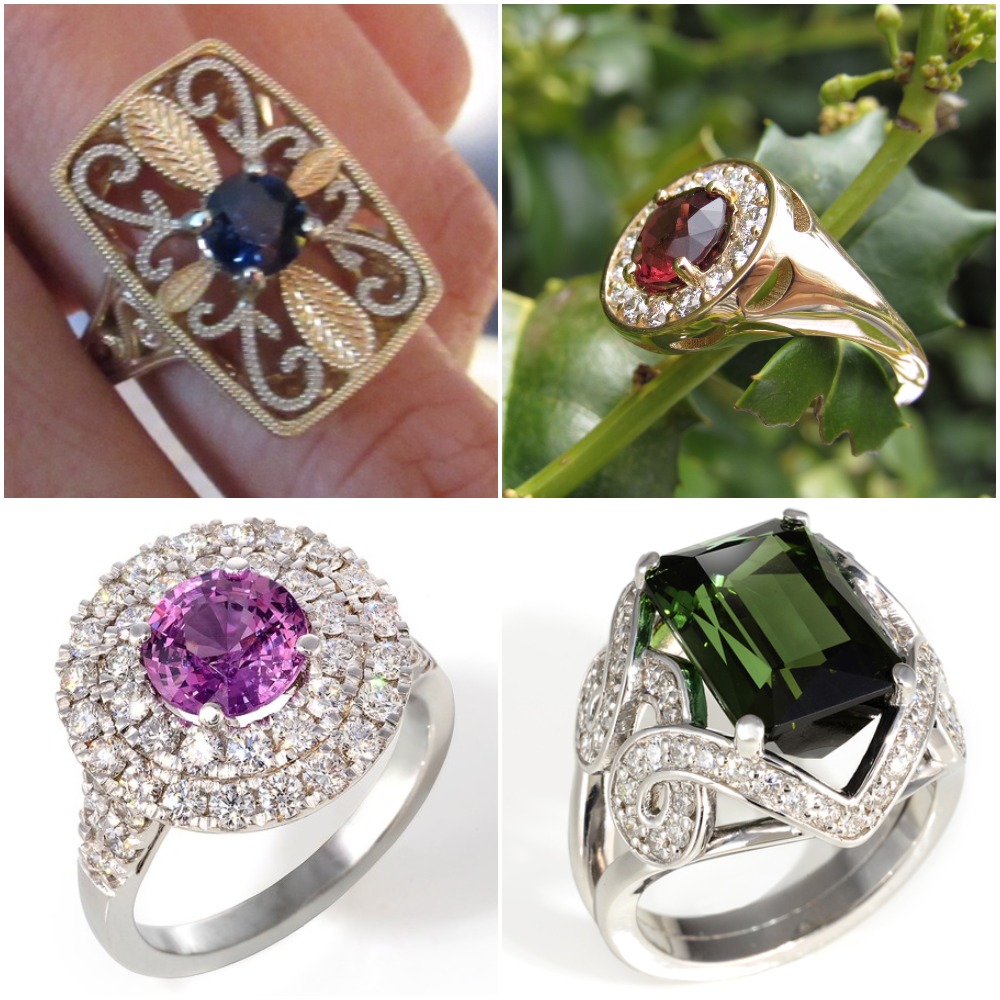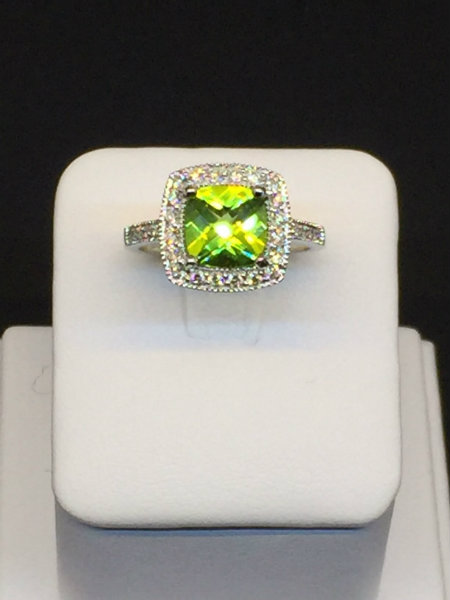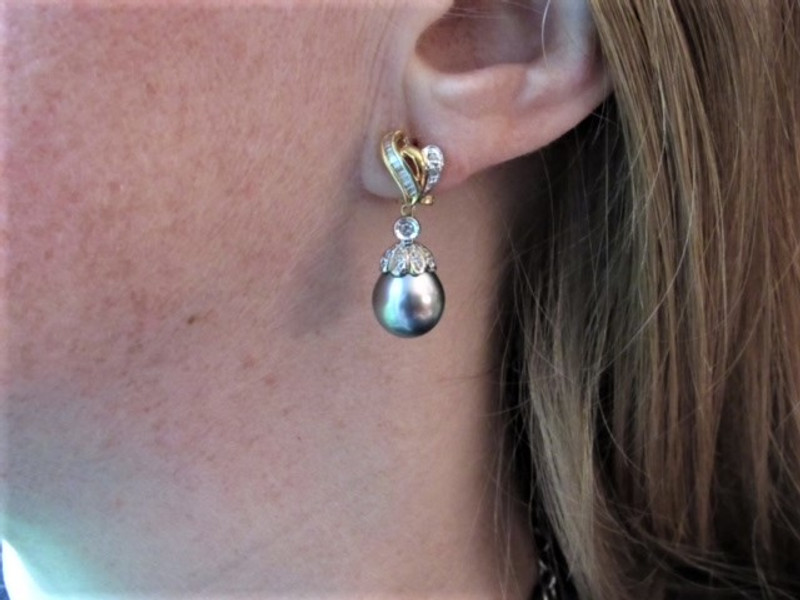Fine gemstone jewelry is among the most cherished of accessories. If you’re like many people, you remember, like it was just yesterday, receiving your very first fine jewelry piece. The feeling is forever embedded in your memory! With proper care of your luxury gemstone jewelry, you can relive those moments for a lifetime and pass them along to future generations.



Understanding how to properly care for and protect your treasured jewelry can make a world of difference in maintaining its beauty and sparkle. Below are some do’s and don’ts.
Pearls, opal and other organic and porous gemstones require additional care, as described at the end of this blog.
GENERAL CARE WHEN WEARING YOUR GEMSTONE JEWELRY:
- Some jewelry pieces are more delicate than others. Consider the day’s activities when choosing the piece(s) you’ll wear that day and select one appropriate for the activity.
- When dressing, put jewelry on last, after you’ve finished your hair and makeup. This reduces the chance of getting perfume, hairspray, cosmetics or other beauty products on it. When undressing, take your jewelry off first in order to avoid contact with make-up removers and any night preparations you might use.
- Do not wear gemstone jewelry when exercising, playing sports, working out at the gym, performing manual labor such as gardening or doing heavy work.
- Avoid exposing your gemstone jewelry to extreme temperatures, bright sunlight or contact with alcohol, salt water, ammonia and chlorine. This means not wearing your jewelry when performing household chores or when at a beach, ocean, pool, hot tub, spa or sauna.
- Take caution to avoid banging or bumping your jewelry against hard objects or making contact with abrasive surfaces. All gemstones, including diamonds, can chip, scratch, or abrade under the right circumstances. If your jewelry suffers a shock or hit, the stone and setting may need to be checked to prevent loss.
- Don’t sleep in your jewelry.
- Avoid forcing clasps and joints.
- Never put on or remove rings by pulling or pushing on the stone. The prongs or bezel can be damaged causing the stone to loosen or fall out.
GENERAL CARE WHEN NOT WEARING YOUR GEMSTONE JEWELRY:
- It’s always good practice to gently wipe your jewelry off with a soft cloth after wear.
- When storing your jewelry, don’t jumble pieces together on a counter or in a drawer. They can easily nick, scratch or dull one another. Always store fine jewelry in a good quality and properly sized jewelry box, preferably with individually padded slots for rings and posts for hanging necklaces and bracelets. The box or pouch the store provided when you bought the item is an ideal place to store it.
- Prevent each piece (including the 2 earrings in a set) from coming into contact with each other by placing them in separate jewelry bags. This also can avoid contaminating them with dust, dirt and other pollutants during storage.
- When traveling, protect your jewelry by properly padding it in a separate box or case.
- Sterling silver should be stored in an anti-tarnish bag or cloth.
- Have your jewelry professionally inspected every 6 months.
- Routinely clean your
jewelry. See our blog on jewelry cleaning for details. Not cleaning your
jewelry regularly or, perhaps even worse, cleaning it improperly can damage it
as well. Proper cleaning provides an opportunity for an additional
inspection between visits with your jeweler. You should look for:
- Chipped, loose or missing diamonds and gemstones
- Worn, damaged, bent or missing prongs, clasps, fasteners or chain links
- Visible cracks or break in the metals
- Abnormal wear
ADDITIONAL CARE FOR PEARLS, OPALS AND OTHER ORGANIC AND POROUS GEMSTONES
Pearls and other delicate gem materials, such as ivory, can bleach under extreme exposure to light.
Pearls are extremely soft and should not be stored with other gems or loose items. Like your other jewelry, to prevent scratches, pearls are best stored in the original display box or pouch.
Pearls and opals require humidity. Pearls can dry out and become discolored, lose their luster or even develop cracks if stored in too dry an environment. Opals can turn white or brown, develop tiny cracks, and might lose their play-of-color. Do not store either stone in an airtight package, such as a plastic bag. Pearl and opal dealers keep an open container of water inside their safes to avoid this sort of damage. If you have a home safe, you should do the same.
Never use a steam or ultrasonic cleaner or chemicals (including bleach or ammonia) on organic gems such as pearls, opals and coral. Even everyday substances like hairspray, lotion, perfume or other cosmetics can contain chemicals that will permanently damage the surface of your pearls and other delicate or porous gems (like turquoise).
If worn often, pearls should be cleaned and restrung professionally once a year. If your pearls seem to “travel” loosely on the thread or if the thread has discolored, it is time to restring. Heavier pearls may need to be restrung more often.

